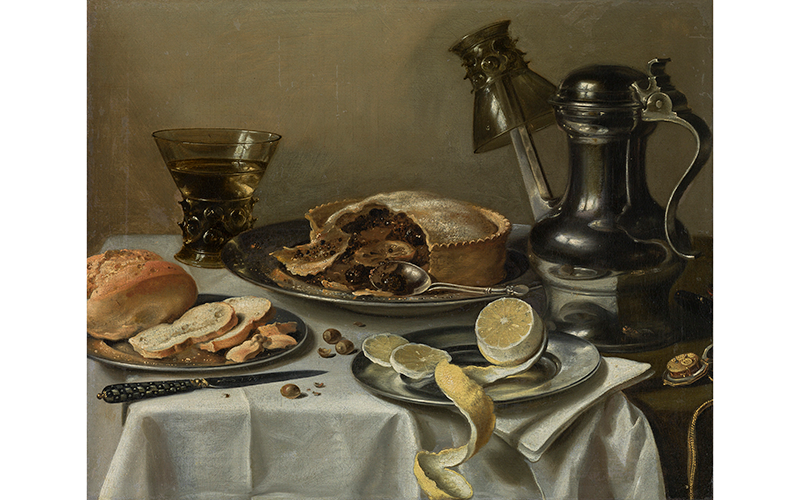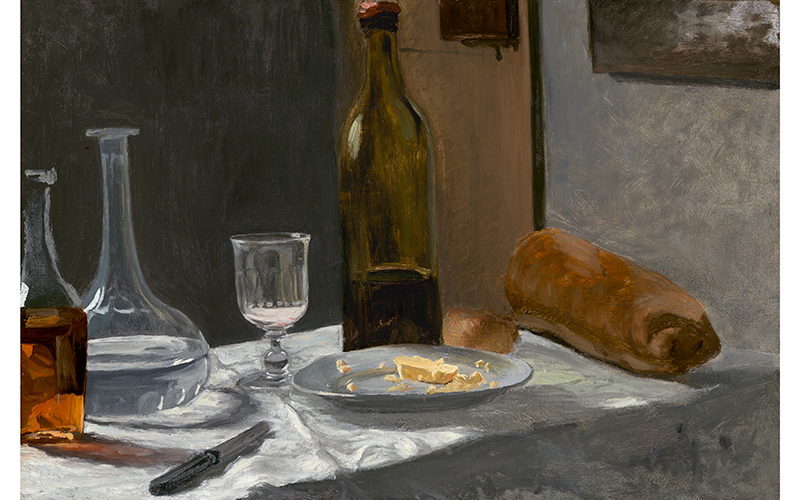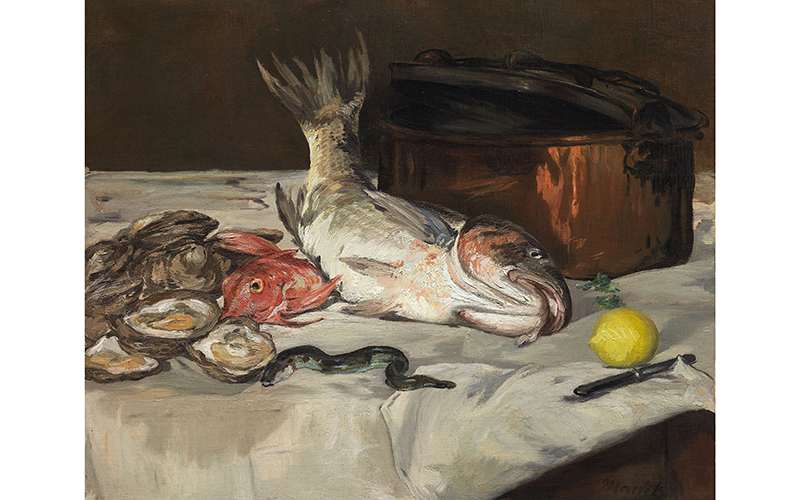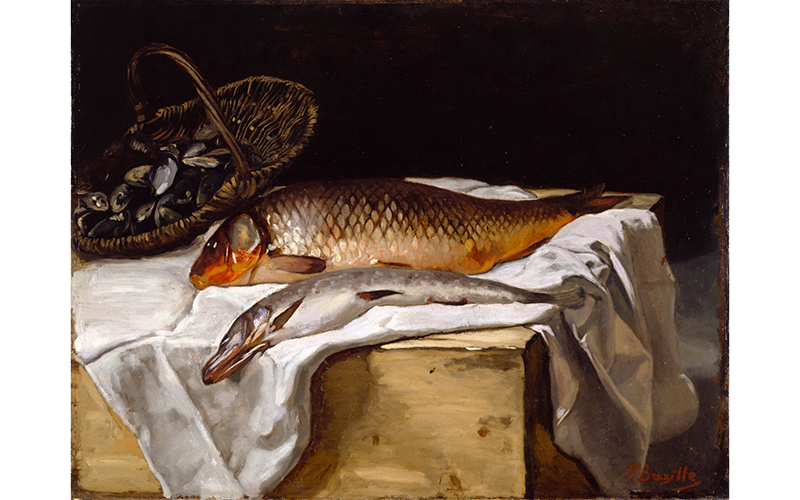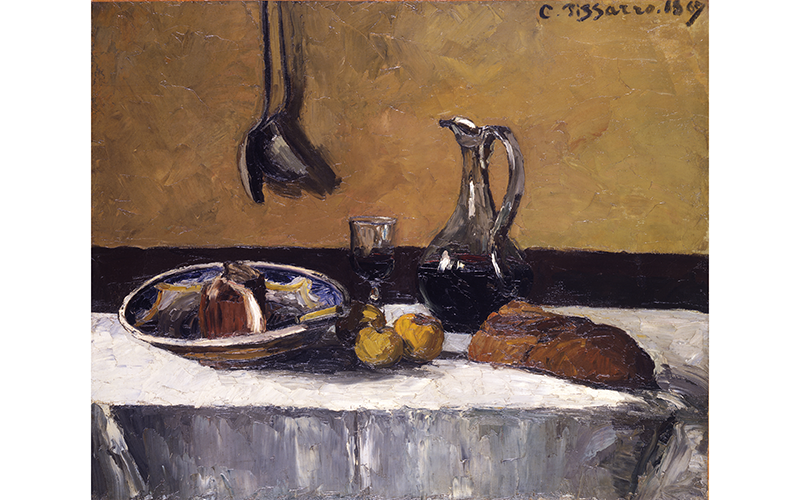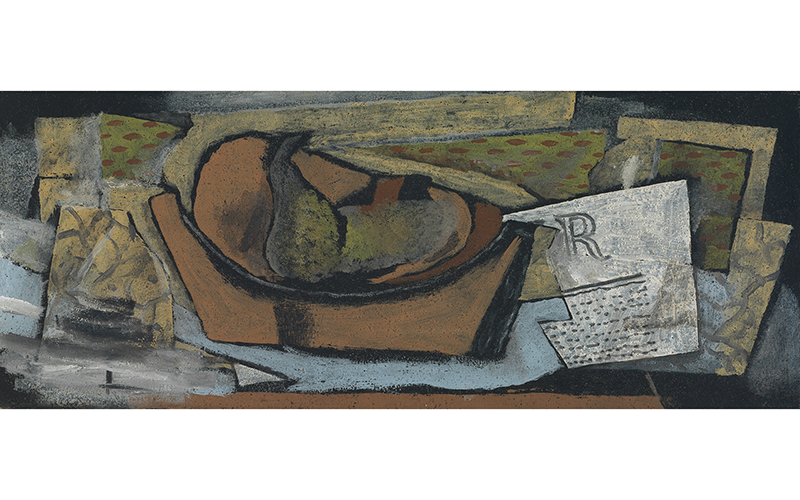- Art Home
- Exhibitions
-
Explore the Collection
- Explore the Collection Home
- African Art
- American Paintings, Sculpture and Drawings
- Contemporary
- Decorative Arts and Design
- East Asian Art
- European Paintings, Sculpture and Drawings
- Fashion Arts and Textiles
- Musical Instruments
- Indigenous American Art
- Photography
- Prints
- South Asian Art, Islamic Art and Antiquities
- Conservation
- Meet the Curators
- Digital Resources
- Events & Programs Home
- Calendar
- Accessibility
- Adults
-
Families & Teens
- Families & Teens Home
- 10x10 Teen Art Expo
- Art on the Rise
- Art Together: Art Making for Families with Children Ages 3–5
- Baby Tours
- Boy Scouts / Girl Scouts
- CAM Kids Day
- Choose Your Own Gallery Adventure
- Family Storytime and Gallery Walk
- Family Studio: Art Making for Families with Children Ages 6–12
- REC Reads
- Rosenthal Education Center (REC)
- See Play Learn Kits
- Summer Camp
- Teachers
- Community Outreach
- Fundraisers
- Plan Your Own Event

- Art Home
- Exhibitions
-
Explore the Collection
- Explore the Collection Home
- African Art
- American Paintings, Sculpture and Drawings
- Contemporary
- Decorative Arts and Design
- East Asian Art
- European Paintings, Sculpture and Drawings
- Fashion Arts and Textiles
- Musical Instruments
- Indigenous American Art
- Photography
- Prints
- South Asian Art, Islamic Art and Antiquities
- Conservation
- Meet the Curators
- Digital Resources
- Events & Programs Home
- Calendar
- Accessibility
- Adults
-
Families & Teens
- Families & Teens Home
- 10x10 Teen Art Expo
- Art on the Rise
- Art Together: Art Making for Families with Children Ages 3–5
- Baby Tours
- Boy Scouts / Girl Scouts
- CAM Kids Day
- Choose Your Own Gallery Adventure
- Family Storytime and Gallery Walk
- Family Studio: Art Making for Families with Children Ages 6–12
- REC Reads
- Rosenthal Education Center (REC)
- See Play Learn Kits
- Summer Camp
- Teachers
- Community Outreach
- Fundraisers
- Plan Your Own Event
One Each Audio Exhibition
One Each Audio Exhibition
- Home
- Plan Your Visit
-
Art
- Art Home
- Exhibitions
-
Explore the Collection
- Explore the Collection Home
- African Art
- American Paintings, Sculpture and Drawings
- Contemporary
- Decorative Arts and Design
- East Asian Art
- European Paintings, Sculpture and Drawings
- Fashion Arts and Textiles
- Musical Instruments
- Indigenous American Art
- Photography
- Prints
- South Asian Art, Islamic Art and Antiquities
- Conservation
- Meet the Curators
- Digital Resources
-
Events & Programs
- Events & Programs Home
- Calendar
- Accessibility
- Adults
-
Families & Teens
- Families & Teens Home
- 10x10 Teen Art Expo
- Art on the Rise
- Art Together: Art Making for Families with Children Ages 3–5
- Baby Tours
- Boy Scouts / Girl Scouts
- CAM Kids Day
- Choose Your Own Gallery Adventure
- Family Storytime and Gallery Walk
- Family Studio: Art Making for Families with Children Ages 6–12
- REC Reads
- Rosenthal Education Center (REC)
- See Play Learn Kits
- Summer Camp
- Teachers
- Community Outreach
- Fundraisers
- Plan Your Own Event
- Give & Join
- About
- Tickets
- Calendar
- Exhibitions
- Blog
- Shop
Hello, I am Peter Jonathan Bell, Curator of European Paintings, Sculpture and Drawings at the Cincinnati Art Museum and co-organizer of this exhibition, One Each: Still Lifes by Cézanne, Pissarro and Friends. I will read interpretative materials that accompany this exhibition, including a brief introductory text, descriptions of the seven paintings on display and their labels.
One Each: Still Lifes by Cézanne, Pissarro and Friends
Still life painting has had a complex history since its earliest recognition as an independent genre in the 1600s. At that time, critics valued it lowest among subjects an artist could paint, branding it unoriginal imitation, and yet still lifes achieved incredible popularity among the art-buying public. Another peak of interest in the genre occurred in the mid-1800s, and thereafter it played a crucial role in major artistic movements from Impressionism to Cubism.
Presented here are paintings by five artists who, in the mid-1860s, used still lifes to experiment with new techniques and pictorial aims in painting. In these years Pissarro, Manet, Cézanne, Bazille, and Monet, were modernizing painting, creating a style—Impressionism—that would polarize the art world and have a profound impact on art to come.
Camille Pissarro wrote “Blessed are they who see beautiful things in humble places where other people see nothing.”
Paul Cézanne wrote “Our canvases will turn the [art establishment] red-faced with rage and exasperation.”
The combination of familiar subjects and revolutionary intent captured by these two quotes gets to the crux of the matter. Everyday objects—tablecloth, drinking glass, knife, fish, bread, lemon—are so familiar that the mind catalogues them at a glance, allowing the eye to quickly move beyond the “what” to the “how” of the artistic feat of representation. The artists’ methods of making are put boldly on view—broad and emphatic brushwork, paint sculpted on the canvas. The Impressionists termed this audacious rebalancing of priorities and values in an artwork “sincerity.”
Still Life (Ontbijtstuk with Berkemeyer
Pieter Claesz (1597/98–1661), The Netherlands, Still Life (Ontbijtstuk with Berkemeyer), 1641, oil on canvas, 19 1/8 x 23 3/4 in. (48.6 x 60.3 cm), Cincinnati Art Museum; Mr. and Mrs. Harry S. Leyman Endowment and Bequest of Mr. and Mrs. Walter J. Wichgar, 1987.151
Still Life with Bottle, Carafe, Bread, and Wine
Claude Monet (1840–1926), France, Still Life with Bottle, Carafe, Bread, and Wine, circa 1863–63, oil on canvas, 15 5/8 x 23 9/16 in. (36.7 x 59.9 cm), National Gallery of Art, Washington, DC; Collection of Mr. and Mrs. Paul Mellon, 2014.18.32
Still Life with Bread and Eggs
Paul Cézanne (1839–1906), France, Still Life with Bread and Eggs, 1865, oil on canvas, 23 1/4 x 30 in. (59.1 x 76.2 cm), Cincinnati Art Museum; Gift of Mary E. Johnston, 1955.73
Fish (Still Life)
Édouard Manet (1832–1883), France, Fish (Still Life), 1864, oil on canvas, 28 15/16 x 36 3/8 in. (73.5 x 92.4 cm), Art Institute of Chicago; Mr. and Mrs. Lewis Larned Coburn Memorial Collection, 1942.311
Still Life with Fish
Jean-Frederic Bazille (1841–1870), France, Still Life with Fish, 1866, oil on canvas, 25 x 32 ¼ in. (63.5 x 81.9 cm), Detroit Institute of Arts; Founders Society Purchase, Robert H. Tannahill Foundation Fund, 1988.9
Still Life
Camille Pissarro (1830–1903), France, Still Life, 1867, oil on canvas, 31 7/8 x 39 ¼ in. (81 x 99.6 cm), Toledo Museum of Art; Purchased with funds from the Libbey Endowment, Gift of Edward Drummond Libbey, 1949.6
Still Life
Georges Braque (1882–1963), France, Still Life, circa 1922, oil on canvas, 7 x 17 7/8 in. (17.8 x 45.4 cm), Cincinnati Art Museum; Gift of Mrs. J. Louis Ransohoff, 1963.531, © 2014 Artists Rights Society (ARS), New York / ADAGP, Paris
Cincinnati, OH 45202
Toll Free: 1 (877) 472-4226
Museum Hours
Museum Shop
Terrace Café
Library
The Cincinnati Art Museum is supported by the generosity of tens of thousands of contributors to the ArtsWave Community Campaign, the region's primary source for arts funding.

Free general admission to the Cincinnati Art Museum is made possible by a gift from the Rosenthal Family Foundation. Exhibition pricing may vary. Parking at the Cincinnati Art Museum is free.
Generous support for our extended Thursday hours is provided by Art Bridges Foundation’s Access for All program.

General operating support provided by:



